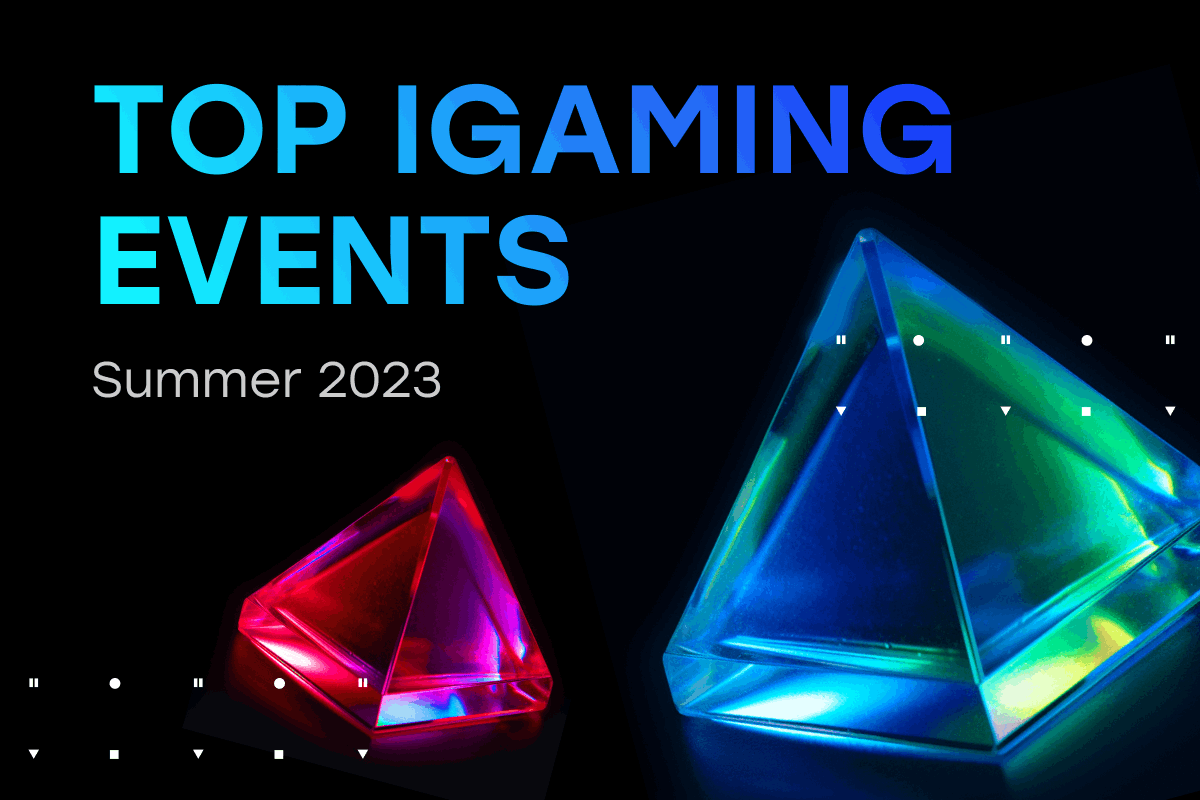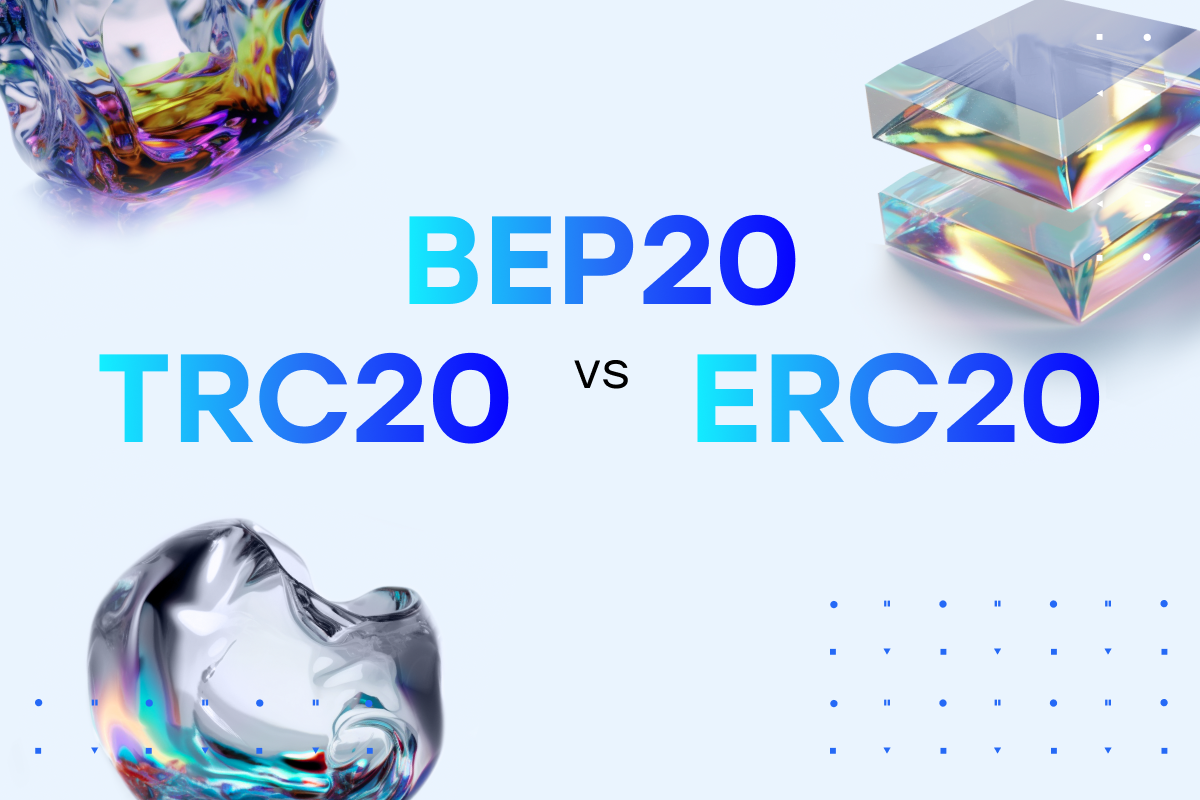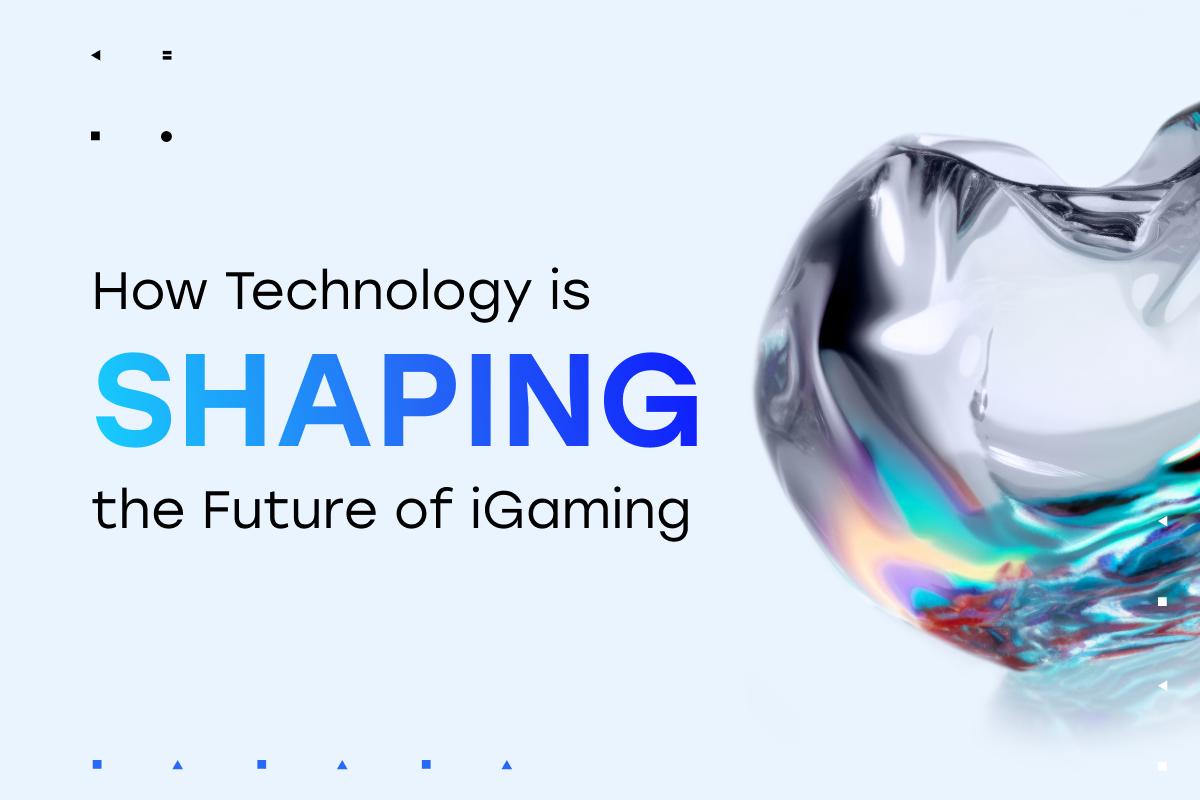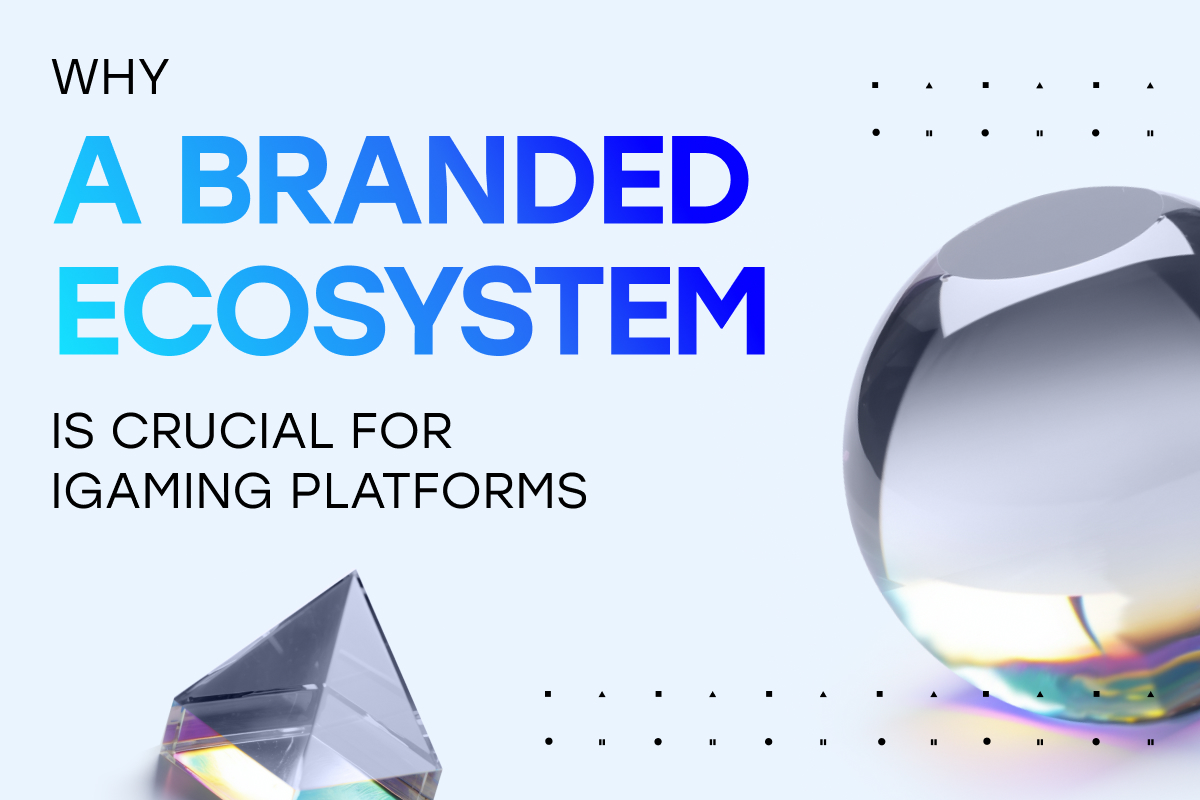Web3: The Future of Customer Loyalty
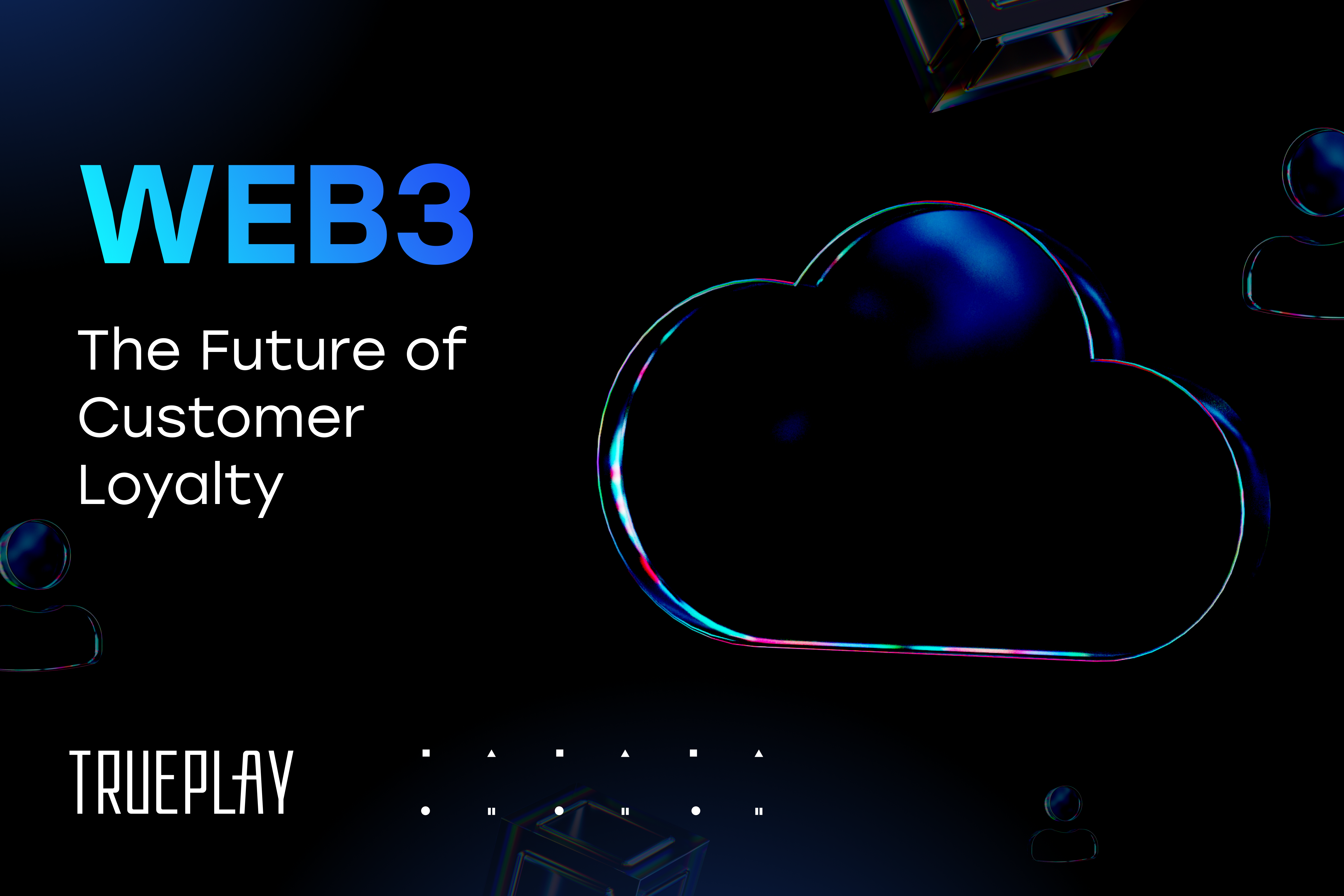
About thirty years ago, the internet entered mainstream adoption, disrupting industries from entertainment to news. As the third generation of the World Wide Web takes shape, brands that don’t quickly adapt could face similar challenges. Enter Web3, the next phase of the internet, ready to transform our digital lives. It promises several features that champion decentralization and ownership.
What Is Web3?
Web3 is the vision for how the internet should work — a decentralized World Wide Web that gives users control over their own data and identity. Fueled by principles of permissionless access, ownership, community, and collaboration, it changes the internet on a fundamental level. It is built on blockchain technology, cryptocurrencies, and decentralized networks, as a response to the control large technology companies have over the internet.
Evolution of the World Wide Web
From Web 1.0 to Web 2.0
Web 1.0, the original World Wide Web, was developed by British computer scientist, Tim Berners-Lee in 1989. His goal while working at CERN (the European Organization for Nuclear Research) at the time, was to create a system that allowed the sharing of information among scientists and researchers. By liking documents through hypertext, he improved communication and collaboration, leading to the development of Web 1.0. This read-only web consisted of static web pages with little interaction between users, focusing mainly on delivering information between site owner and user in a one-way manner.
Web 2.0 saw a shift in the internet to a read-and-write philosophy. The birth and growing popularity of social media platforms and user-generated content (1999–2004) illustrates this evolution. Web 2.0 not only allowed users to create and share content but also led to the control and influence over the internet that a few large tech companies have today (centralization of the web).
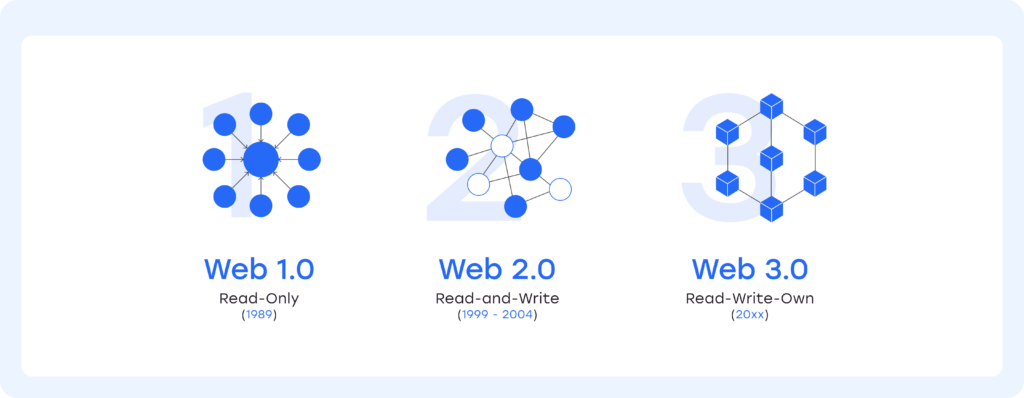
Web 3.0: The Next Generation
Also known as Web 3.0, the third iteration of the internet seeks to give users the means to take back control of their data. Web3 achieves this by giving users the power to choose who they share their personal data with. Consumers realized late the value their user data represented to big corporations with Web 2.0. They had become the product, hence why many of these businesses offered their services for free — the payment was personal data. Web3’s decentralized web allows users to make their own decisions about how their data is used.
Key Features of Web3
Web3’s main focus is on decentralization and permissionless access to data. But what does this mean?
Decentralization
The word “decentralized” gets thrown around a lot. For the uninformed, it means there is no central authority controlling the network. Decentralized data networks are really just a shared network of computers (nodes), different from the centralized servers (Oracle Database, Apache, .NET, etc.) and data centers (Microsoft Azure, Amazon Web Services, Google Cloud Platform, etc.) of large companies.
Computers are general-purpose hardware devices that perform various tasks, often functioning as a client in a network. Servers, on the other hand, are specialized devices or software designed to manage network resources and provide services to computers, like storing data and hosting websites. This differentiation allows users to store and manage their data.
Another great example of Web3’s functionality is decentralized apps (dApps). These are computer applications that operate without central control. What makes them special is how they run on a blockchain or decentralized network instead of a single server.
Trustless and Permissionless Access
Trustless sounds scary in this context but as it involves Web3, it simply means that users don’t need to trust a central authority to manage their data. Its permissionless nature allows anyone to participate in the network without requesting permission to do so. Web3 enables peer-to-peer transactions and interactions without the need for intermediaries.
The Role of Blockchain and Digital Assets in Web3
Blockchain Technology
Blockchain technology is the foundation of Web3, enabling secure, transparent, and tamper-proof transactions. It uses cryptography to secure data and prevent alteration or deletion, enabling the creation of decentralized apps and networks. As a distributed ledger, blockchain creates a digital record that ensures all participants have an identical, real-time updated copy. This shared visibility guarantees that the record is verified by the consensus of all parties.
Cryptocurrencies and Digital Assets
An asset is anything of value owned by an individual, corporation, or government. In the case of digital assets, they are also unique, verifiable, and tradable on the blockchain. Cryptocurrencies are the most common type of digital asset, and they use cryptography for secure financial transactions. Powered by web3 technologies, digital assets enable new forms of ownership and value transfer.
The Intersection of Web3 and the Semantic Web
Tim Berners-Lee also created key technologies fundamental to the internet’s architecture. One concept in particular, the Semantic Web, affects data interoperability and retrieval. The Semantic Web was developed as an extension of the World Wide Web to help machines understand and process data provided by humans. The incorporation of metadata and semantic annotations provides context and relationships between different pieces of data formats. This is important to Web3 technology because of the technology’s emphasis on linking and understanding data across different systems, allowing for decentralization.
The Semantic Web can also aid Web3 to clearly define data relationships that better track the ownership and history of digital assets. This intersection of decentralized data networks and blockchain technology allows Web3 to create a more connected and interoperable web.
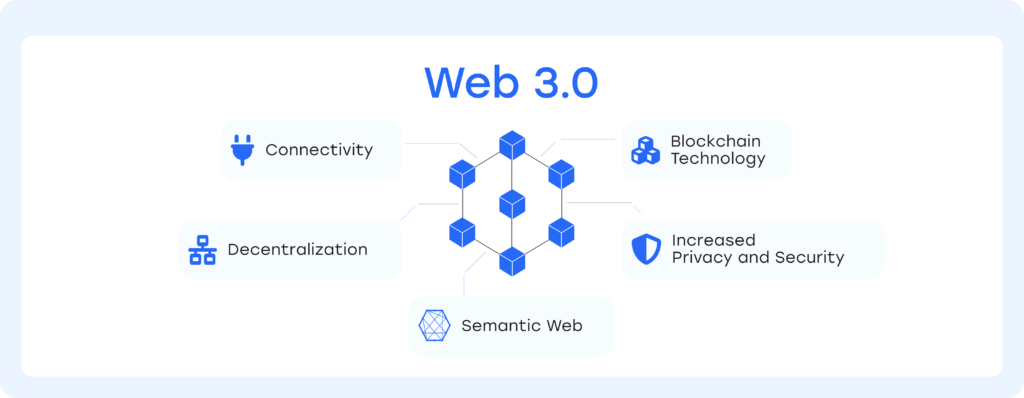
Understanding Smart Contracts and Tokenization
While blockchain and cryptocurrency are the main buzzwords associated with decentralization, two other important terms complete the picture of Web3.
Tokenization
Tokens are digital assets that represent possession, access rights, or other forms of value on a blockchain. Tokenization involves converting these assets into digital tokens, enabling new ways to transfer and manage ownership.
Smart Contracts
Smart contracts are automated agreements with terms between parties written into code. They run on blockchains, automating desired processes and enabling dApps to function. Their main benefits are being secure, transparent, and tamper-proof.
Web3 Financial Inclusion: Decentralized Finance (DeFi)
Money is the lifeblood of any economy, which is why financial inclusion is so important. The adoption of Web3 also ensures that individuals and businesses have access to affordable and useful financial services.
Decentralized finance (DeFi) is a payment ecosystem built on blockchain technology that enables peer-to-peer transactions, lending, and borrowing without intermediaries. As a key application of Web3, DeFi offers new forms of financial inclusion and access.
DeFi consists of a wide range of financial applications built on blockchain networks. Examples include Decentralized Exchanges (DEXs) like Uniswap and stablecoins like USDT.
Web3 has many other use cases, including decentralized social media platforms (Mastodon, Diaspora, etc.), decentralized data storage (IPFS, Filecoin, etc.), and decentralized identity management (Sovrin, Self-Sovereign Identity, etc.).
Web3 in iGaming
The potential application of Web3 in business, particularly in iGaming, is already being explored. Brands like Visa are creating Web3 loyalty programs that do away with traditional rewards and offer users unique, more personalized incentives. These include digital collectibles like NFTs, digital wallets to store said collectibles, real-world experiences, and gamified rewards.
Another example of a Web3 loyalty program is the Trueplay loyalty booster suite and how it rewards players with loyalty tokens branded for each iGaming platform. Users play games to earn these to kens and then use them to play more. Also, the Hold to Earn module lets users freeze their tokens for a chance to receive additional ones. By holding their tokens, users gain a stake in the business, because if the brand does well during their holding period, so does the user’s fortune. It’s a win-win scenario for all parties involved.
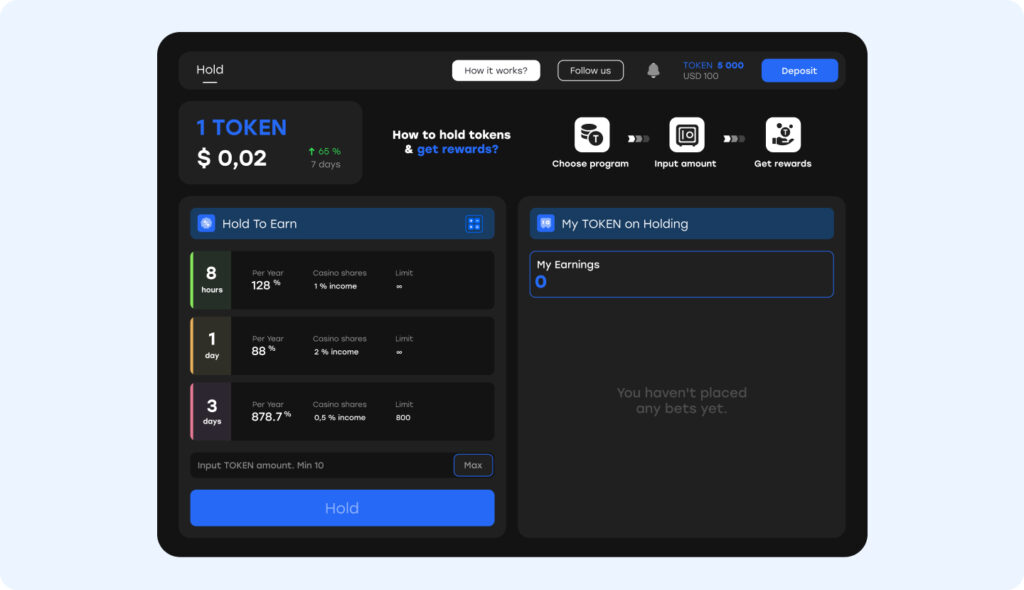
Another example is NBA Top Shot, a collaboration between Dapper Labs and the NBA (National Basketball Association). It immortalizes memorable game moments as NFTs, which fans trade on a peer-to-peer marketplace. Users even get to participate in challenges and pack drops for the ultimate fan experience. NBA Top Shot has attracted over 1.6 million users, who have initiated more than 30 million transactions on the platform, totaling over$1.2 billion in sales.
Benefits and Challenges of Web3
There are advantages and disadvantages to all things. Here are some benefits and challenges brands will face while adopting Web3.
Benefits
- Brands that adopt Web3 give users control over their own data and identity, earning trust.
- Web3 facilitates the creation of decentralized networks and applications, keeping users on your platform.
- Web3 has the potential to create new forms of ownership and value transfer, making your brand’s rewards unique and customizable.
- Brands are better prepared for the disruption that often accompanies the mass adoption of innovations.
Challenges
- The technology is currently in its early stages of development, with newer advancements potentially changing your Web3 strategy.
- Web3 currently faces challenges related to scalability, usability, and regulation.
- Brands and users alike need to be educated and made aware of Web3 for it to reach mainstream adoption.
- Creating digital assets requires substantial power.
The Future of the Internet
Web3 is the future of the internet, despite a relatively slow adoption rate. Brands and entire industries that lost huge market shares because they failed to quickly adapt to the disruptive innovation that came with Web 2.0 will likely not let that happen again.
With growing consumer concerns about data acquisition and usage, Web3 offers a secure future that can benefit brands willing to embrace the technology. Adopting new strategies and tools that leverage this evolving technology is necessary for future growth.
Embrace the future and give Trueplay’s loyalty booster suite a try.
